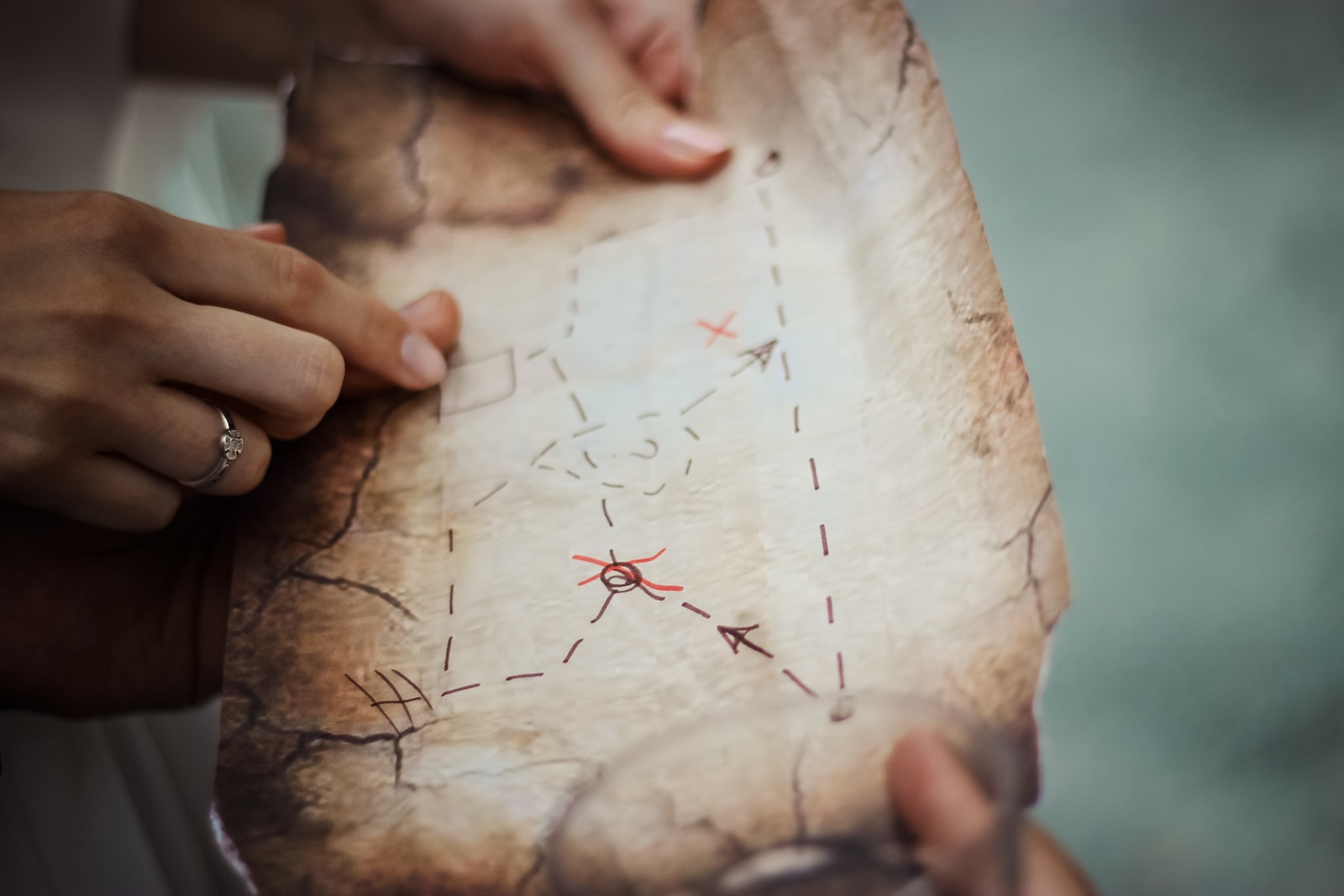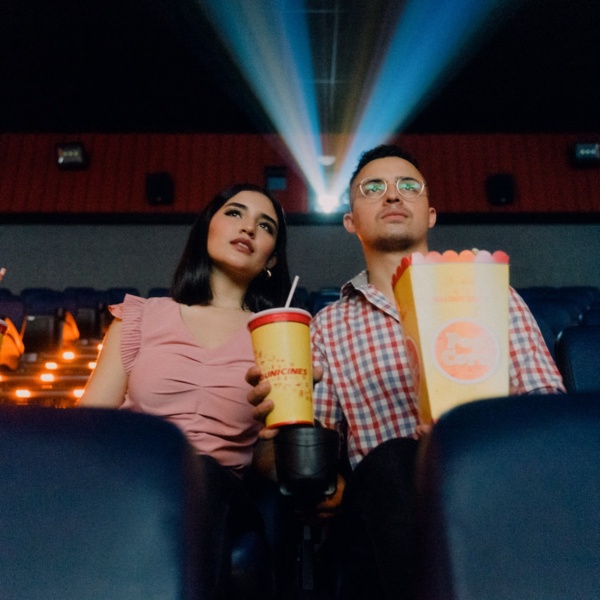
In the magical realm of filmmaking, where every frame is a brushstroke on the canvas of storytelling, one often overlooked but utterly crucial element stands tall—location scouting. As I dive into my fourth year of blogging about the intricacies of cinema, it’s high time we unravel the mysteries of the cinematic treasure hunt and understand the profound impact it has on the final product we see on the silver screen.
Setting the Stage: Why Location Matters

Lights, camera, but hold on a minute! Before the director yells “action,” someone has to find the perfect backdrop, the canvas upon which the cinematic masterpiece will unfold. Enter the unsung heroes of the film crew – the location scouts.
Think about iconic movie scenes. The ominous Overlook Hotel in “The Shining,” the picturesque hills of New Zealand in “The Lord of the Rings,” or the bustling streets of Gotham City in “The Dark Knight.” These aren’t just accidental discoveries; they are the result of meticulous location scouting that transforms a script into a visual spectacle.
The Right Place at the Right Time: Enhancing the Narrative
Locations are not merely backdrops; they are characters in the story. A well-chosen setting can infuse a film with mood, emotion, and even become a silent narrator. Take, for instance, the desolate landscapes of “No Country for Old Men.” The arid Texan terrain wasn’t just a location; it was a character reflecting the desolation and moral ambiguity central to the film.
From Script to Reality: Making Fiction Feel Tangible

Picture this: You’re a filmmaker with a script that demands a quaint 19th-century village. Your location scout, armed with a keen eye, finds a charming European town that seems frozen in time. Suddenly, the script leaps off the page and becomes tangible. This magic touch is precisely what location scouting achieves.
An excellent example is the town of Görlitz in Germany, which played a pivotal role in “The Grand Budapest Hotel.” The town’s architecture and ambiance perfectly encapsulated Wes Anderson’s whimsical vision, turning the fictional hotel into a place you could almost book a room in.
Economic Efficiency: Dollars and Sense
In the glitzy world of Hollywood, where budgets can skyrocket faster than a superhero taking flight, location scouting becomes a financial dance. Choosing the right locations not only enhances the visual appeal but can also save a considerable chunk of the budget. Filming in real locations often trumps constructing elaborate sets. New York City served as the natural playground for “Spider-Man,” and the urban jungle needed no expensive replication.
Logistical Wizardry: Overcoming Challenges

Every location has its quirks, challenges, and surprises. Whether it’s dealing with unpredictable weather, securing permits, or convincing a grumpy neighbor that a film crew won’t turn their street into chaos, location scouts are the logistical wizards making the impossible happen. Remember the breathtaking waterfall in “The Revenant”? It wasn’t a CGI creation but a real location, discovered after months of scouting in the rugged wilderness.
Cultural Authenticity: Bringing Stories to Life
A film is not just a visual spectacle; it’s an immersion into different worlds and cultures. Location scouting plays a pivotal role in ensuring that the setting authentically represents the story. “Slumdog Millionaire” is a stellar example. The vibrant chaos of Mumbai became a character in itself, pulsating with life and energy, adding depth to the narrative.
Hidden Gems: Unearthing Cinematic Gold

Sometimes, the most unexpected locations become cinematic gold. A dilapidated building becomes the perfect haunted mansion, an abandoned quarry transforms into an alien planet. It’s the ability of location scouts to see beyond the surface and envision the potential that makes them the true treasure hunters of cinema.
Consider the iconic “Shawshank Redemption.” The Ohio State Reformatory, chosen for its Gothic architecture and eerie ambiance, wasn’t just a set; it became an integral part of the film’s identity, metaphorically mirroring the characters’ journey.
The Cinematic DNA: Blending Art and Practicality
Location scouting is a delicate alchemy of artistic vision and practicality. It’s not just about finding beautiful places; it’s about finding the right places that seamlessly integrate with the director’s vision. Guillermo del Toro’s “Pan’s Labyrinth” is a testament to this blend. The eerie and enchanting forest locations in Spain became an extension of del Toro’s fantastical imagination.
Conclusion: The Unsung Architects of Movie Magic

As we sit in the darkened theater, engrossed in the cinematic journey unfolding before us, let’s take a moment to appreciate the invisible hands that scoured the Earth to find the perfect canvas. Location scouts are the unsung architects of movie magic, shaping the visual identity of films and turning scripts into living, breathing worlds.
So, the next time you find yourself transported to a world far, far away or immersed in the gritty reality of a city street, remember that it’s not just the actors, directors, or special effects that brought that world to life. It’s the tireless work of the location scouts, the cinematic treasure hunters who turn imagination into reality. Here’s to the unseen magic behind the magic!


